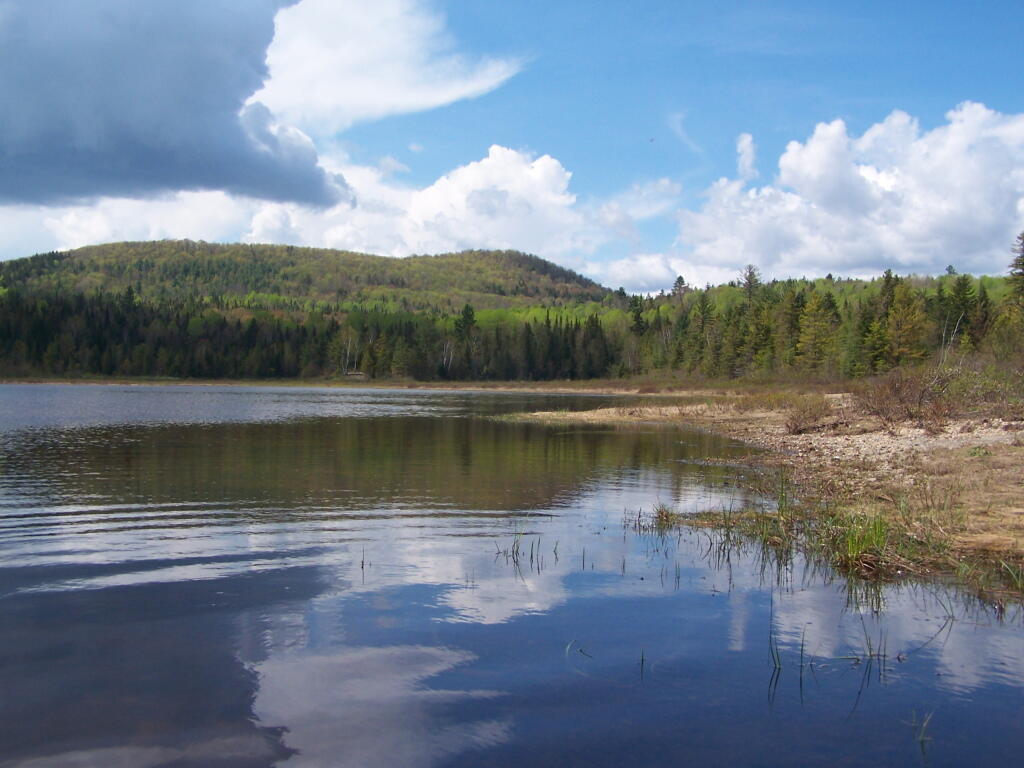Comments on Boreas Land Classification
Dear Ms. Kathy Regan,
Thank you for providing this opportunity to provide input on the Draft Supplemental Environmental Impact Statement (DSEIS) in which 54,418 acres of Adirondack Forest Preserve are being considered for classification.
As you already know the lands that consist of the 20,758-acre “Boreas Ponds Tract” have traditionally been used by sportsmen for hunting, fishing, and trapping and by timber companies for timber production. There are more than 50 miles of gravel roads, several bridges, dozens of culverts and at least three dams, to facilitate its commercial use. Boreas Ponds exists due to a man-made dam, originally created to facilitate timber removal and later for sporting opportunities for those staying at camps and lodges along the lake.
The criteria for a wilderness designation requires that the land should have a primeval character, without significant improvement, appears to have been affected primarily by the forces of nature and where the imprint of man’s work is unnoticeable. Clearly, the Boreas Pond Tract is not consistent with a wilderness designation.
The APSLMP states, “the extent of existing facilities and uses which might make it impractical to attempt to recreate a wilderness or wild forest atmosphere is also a consideration. This is not to imply that when present uses or facilities are degrading the resource they should be continued, but their presence cannot be ignored.”
The public wants to use these lands for a wide variety of low-impact, sustainable activities, including hunting, fishing, trapping, camping, paddling, hiking, snowmobiling and riding ATVs. Draining the Boreas Flow, as will inevitably happen if the state abandons the Boreas Flow Dam will greatly diminish both the recreational, scenic, and habitat value of the lands. Failure of the dam will immediately reduce opportunities to fish, hunt and trap, it will harm the loons and water dependent species that have come to depend on the area for habitat.
Nobody is seriously considering turning the Boreas Flow Tract into a developed park or commercial development. There will be no flush toilets, no hot showers, neon lights, heated lodges or closed camps. Of course, if somebody wants to bring neon lights, a generator, and a wall tent to their temporary hunting camp at primitive campsites, all the more power to them – as long as they pack out what they brought in. All essentially primitive and sustainable uses of the resource should be allowed for by the public without charge or restriction.
Access at minimum should include motor vehicle and snowmobile use of Gulf Brook Road up to Boreas Pond. This will provide the public with the ability to easily access Boreas Pond, and take advantage of this scenic lake that the state has spent millions to acquire. Existing roads should continue to allow low-speed motor vehicle use, along with horseback riding, snowmobile, and bicycling.
While I think Alternative 1 is too overly restrictive for the Boreas Ponds Tract, I concede out of all the alternatives currently being considered by the department to be the best and most consistent with the existing Adirondack State Land Master Plan. We all have to live under the laws that the legislature imposes upon us, regardless of their wisdom or lack thereof.
The public demands more recreational access to their lands. The public wants to be connected to authentic, primitive landscapes that inspires us to seek new challenges, awes us with its sensuous beauty. People want to be able to hunt, fish, trap, camp, hike, bike, ride ATVs and snowmobile on public lands that their hard-earned tax dollars went to acquire.
Thank you for your attention to my comments.
Sincerely,
Andy Arthur

